Cometary nuclei are composed of an amalgamation of rock, dust, water ice, and frozen gases such as carbon dioxide, carbon monoxide, methane, and ammonia.Dangerous Close Cometary Encounters occur when:
As such, they are popularly described as "dirty snowballs" after Fred Whipple's model.
However, some comets may have a higher dust content, leading them to be called "icy dirtballs".
https://en.wikipedia.org/wiki/Comet
a) Comets collide with the Earth.
b) Comets pass directly between the Earth and the Sun.
In the second case the alignment exposes the Earth to a potential Cometary Double-Tap whereby:
1) The "gas tail" of the Comet is delivered directly into the Earth's upper atmosphere.
2) The "dust tail" of the Comet side-swipes the Earth with a debris train.
The evidence suggests a collision and several close encounters have occurred in the last 2,000 years.
Halley's Comet or Comet Halley, officially designated 1P/Halley, is a short-period comet visible from Earth every 74-79 years... a coma, or atmosphere, up to 100,000 km across... a long tail, which may extend more than 100 million kilometers... Halley's nucleus is relatively small: barely 15 kilometers long, 8 kilometers wide and perhaps 8 kilometers thick.
https://en.wikipedia.org/wiki/Halley%27s_Comet#Structure_and_composition
The EvidenceOverlaying the Thorium traces from the coral reef lagoon sediment core enables the Thorium 232 peaks to be dated [based upon pixel counting] from the top of the core [2004 CE] down to the Heinsohn Horizon [914 AD] because the sediment deposition rate is fairly steady.
The evidence for Atomic Comets originates in the Thorium 230 and [strangely spiky] Thorium 232 values found in a coral reef lagoon sediment core from the South China Sea.
High-precision TIMS U-series and AMS 14 C Dating of a Coral Reef Lagoon Sediment Core from southern South China Sea
K.-F. Yu et al. / Quaternary Science Reviews 25 (2006) 2420-2430
See: Thorium 230: Chinese Corals
Overall, given the simplicity of the approach it's surprising to discover so many of the Thorium 232 spikes align with "known" Close Cometary Encounters.
607 AD - Comet Halley Closest Approach: 13,463,808 km
The precursor event to the Arabian Horizon appears to be have been a very close encounter with Comet Halley in 607 AD.
See: Close Encounters of the Cometary Kind
637 AD - Caesar's Comet
The largest Thorium 232 peak aligns with the Arabian Horizon and this has been associated with the "seven-day visitation" of possibly the "brightest daylight comet in recorded history".
It is thought Caesar's Comet "may have disintegrated" and this view is clearly supported by the evidence indicating debris from Caesar's Comet collided with Earth.
912 AD - Comet Halley Closest Approach: 73,302,957 kmCaesar's Comet (numerical designation C/-43 K1) - also known as Comet Caesar and the Great Comet of 44 BC - was perhaps the most famous comet of antiquity.© Malaga BaySee Comet Halley and the Roman Time Line
Its seven-day visitation was interpreted by Romans as a sign of the deification of recently assassinated dictator, Julius Caesar (100-44 BC).
Caesar's Comet is one of only five comets known to have had a negative absolute magnitude and may have been the brightest daylight comet in recorded history.
It was not periodic and may have disintegrated.
https://en.wikipedia.org/wiki/Caesar%27s_Comet
The Heinsohn Horizon is associated a close encounter with Comet Halley near it's perihelion position in 912 AD when the comet's "gas tail" was directed towards Earth after which it's "dust tail" side-swiped the Earth.
The Transit of Venus in 912 CE also suggests 912 CE was a very powerful alignment and that a Halley-Venus-Earth alignment could have emulated the conditions associated with Immanuel Velikovsky's "Comet Venus"....1145 AD - Comet Halley Closest Approach: 41,887,404 km
See: Close Encounters of the Cometary Kind
The Thorium 232 peak dated to 1140 AD is possibly associated with the return of Comet Halley in 1145 AD - see diagram above.
1577 CE - Great Comet Closest Approach: 1,465,330 km
The Great Comet of 1577 was another close encounter for the Earth with the comet passing within "230 semidiameters of the earth from the earth".
The Great Comet of 1577 (official designation: C/1577 V1) was a comet that passed close to Earth during the year 1577 AD.1861 CE - Great Comet Closest Approach: 19,840,000 km
It was viewed by people all over Europe, including the famous Danish astronomer Tycho Brahe and Turkish astronomer Taqi ad-Din. From his observations of the comet, Brahe was able to discover that comets and similar objects travel above the Earth's atmosphere.
https://en.wikipedia.org/wiki/Great_Comet_of_1577
Tycho's reason for having taken great pains to investigate the parallax was that therein lay the entire knowledge of the place and characteristics of the comet.
He saw from many observations with appropriate instruments, and thereafter found through the scientific demonstration of spherical triangles, that this comet was so far from us that its greatest horizontal parallax could not exceed 15′ and was more likely to be less.
This he thought he had thoroughly shown from observations in his Latin work on this comet which he considered understandable by the masters.
From this it followed, according to Tycho, by "geometrical distribution" that this comet was at least 230 semidiameters of the earth from the earth.
The Comet of 1577 - C Doris Hellman - 1944
https://archive.org/stream/TheCometOf1577/Hellman-TheCometOf1577#page/n129/mode/1up
The uppermost spike in the Thorium 232 trace is associated with the Great Comet of 1861 which "interacted with the Earth in an almost unprecedented way".
The Great Comet of 1861 formally designated C/1861 J1 and 1861 II, is a long-period comet that was visible to the naked eye for approximately 3 months.Clearly, the evidence suggests the Atomic Comet is worthy of further investigation...
...
The comet may have interacted with the Earth in an almost unprecedented way.
For two days, when the comet was at its closest, the Earth was actually within the comet's tail, and streams of cometary material converging towards the distant nucleus could be seen.
https://en.wikipedia.org/wiki/C/1861_J1
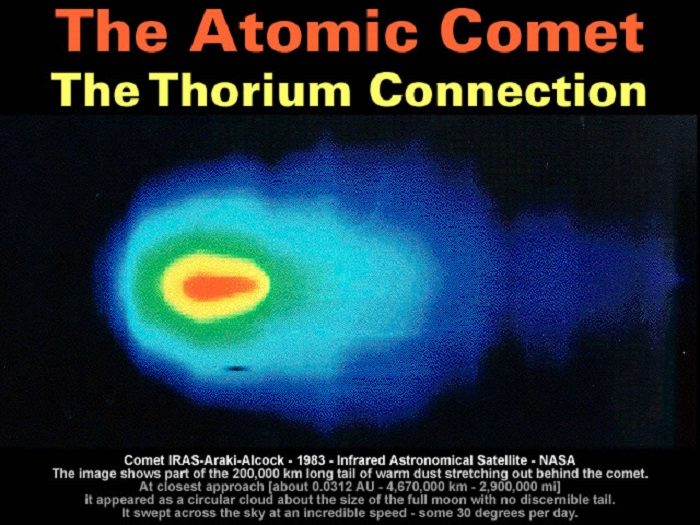
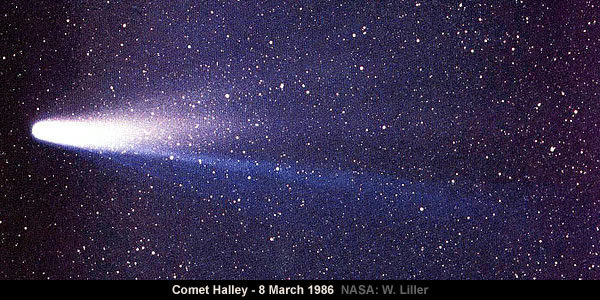
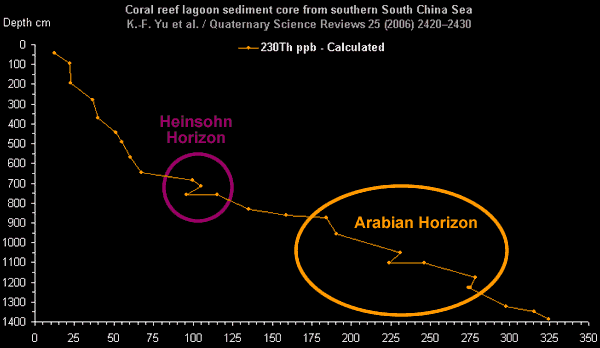
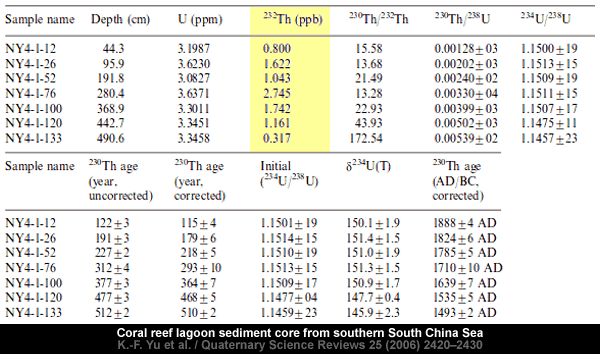
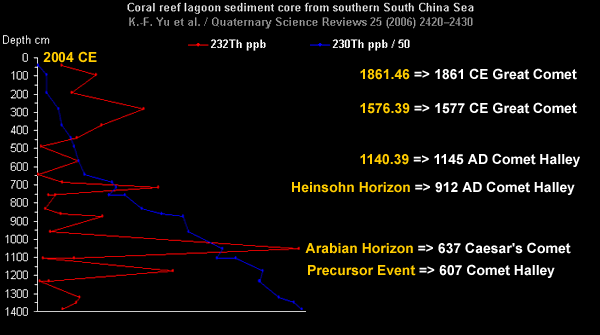
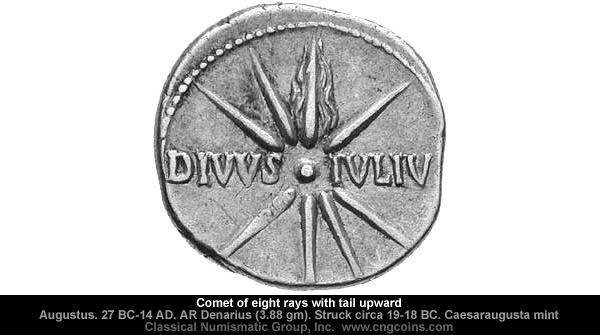
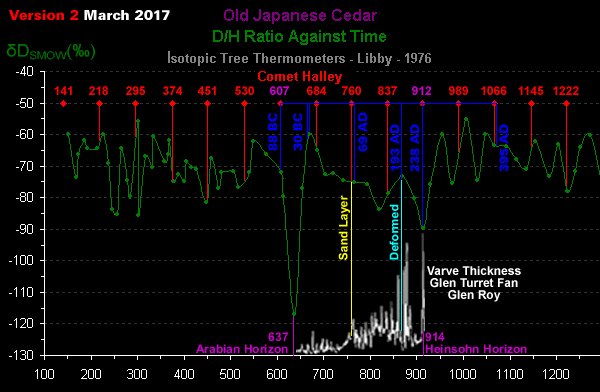
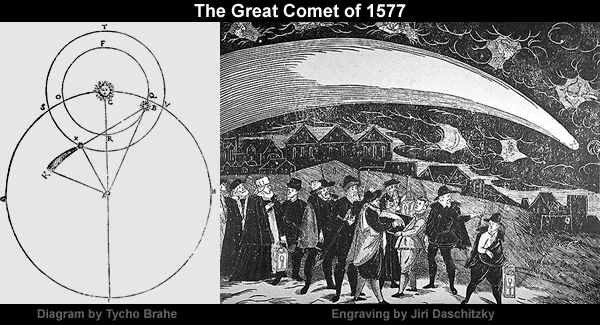
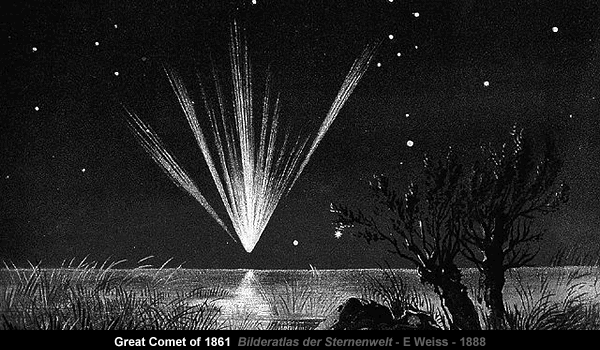
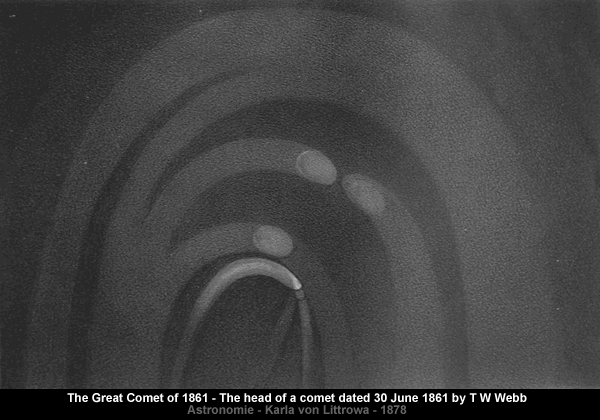



I can swallow the idea that the Roman Church invented hundreds of years of false history. But what of other cultures? Do their ruler timelines agree? Texts? Roma had dominion over Libraries and Churches, Monasteries etc. Easily to confiscate and plant. But foreign lands? China, Korea, India, Islam?